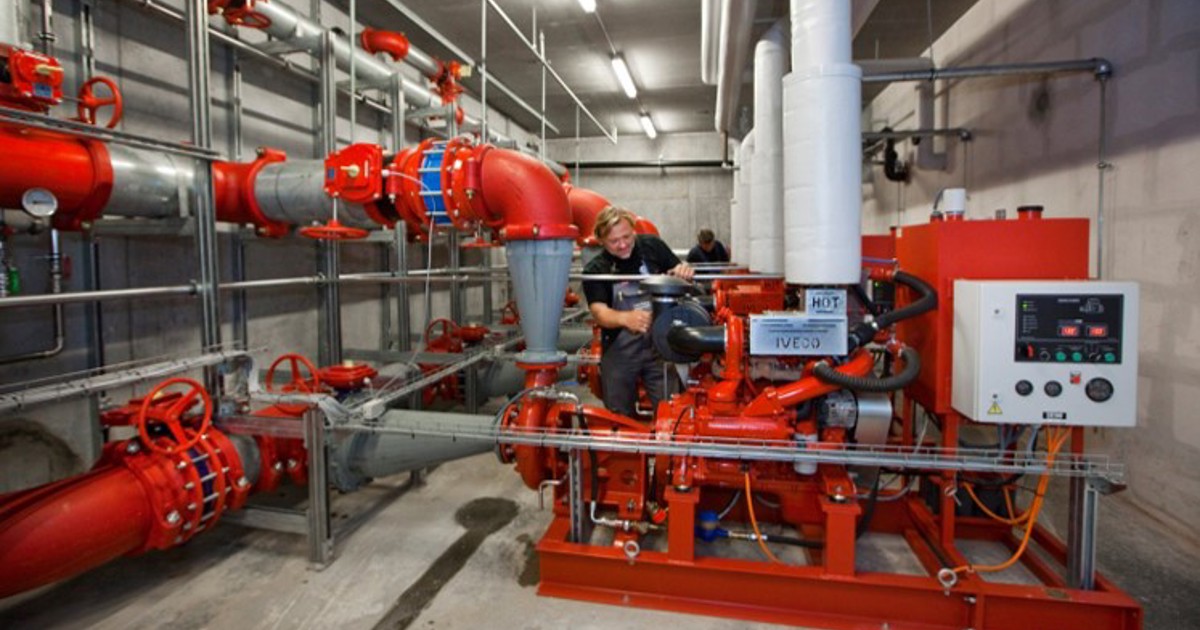Fire protection systems are a fundamental element of the safety of every industrial building. In the era of intensive technological development, more and more attention is paid to the integration of various installations with intelligent building management systems. Research indicates that such a combination not only improves the effectiveness of protection, but also significantly reduces operating costs. Why is the integration of sprinkler systems with intelligent industrial buildings becoming a necessity in modern industry? What are the benefits of automation in this area?

How do sprinkler systems work with modern IoT technologies?
Large-scale sprinkler systems play a fundamental role in fire protection, and their integration with modern IoT technologies opens up new possibilities in monitoring and management. The Internet of Things enables ongoing communication between devices. This allows for immediate response in emergency situations. Sensors installed at key points provide data on temperature, humidity and water pressure. This data is analyzed in real time, which allows for the prevention of potential failures.
Fire protection automation, which combines IoT with sprinkler systems, offers significant improvements. For example, when a threat is detected, the system can independently activate the appropriate extinguishing mechanisms and inform the emergency services. Integration with building management systems allows for harmonious cooperation between all installations. This aspect increases the level of industrial protection.
Benefits of integrating sprinkler systems with central building management
The main advantage of integrating fire protection systems with intelligent building management systems is the significant improvement in operational efficiency. First of all, intelligent buildings offer the possibility of central supervision of all installations, which simplifies their operation and reduces operating costs.
Thanks to the use of modern technologies, such as IoT or artificial intelligence, fire protection systems can operate more precisely and reliably. An example is installation of sprinkler systems in production plants, where integration allows for harmonious cooperation between different types of devices. The result of such action is both improved safety and savings in the consumption of resources such as water or electricity.
The development of IoT and automation technologies is influencing dynamic changes in fire protection. Integration of sprinkler systems with intelligent industrial building management systems brings benefits in the form of increased safety, reduced costs and increased operational efficiency. The use of solutions such as sprinkler systems or advanced monitoring systems opens up new opportunities for the industry. Contemporary challenges require innovative solutions that combine traditional approaches with modern technologies.
